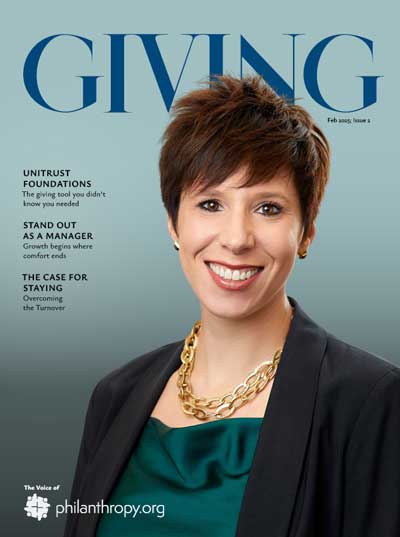Wealth Screening
The plain, unvarnished truth is that traditional wealth screening tools simply do not work in planned giving, where nonprofit loyalty should be your key criteria.
Wealth screening looks for stock ownership, real estate, boats and luxury items, board memberships, and swanky addresses as indicators of wealth. They are extremely useful as a way to screen for major donors for capital campaigns, but wealth has little to do with identifying planned giving prospects. In fact, I would argue that it is a contra-indicator.
Nonprofit Loyalty Screening
Net worth, age, geography, etc. have almost no predictive value alone. The only indicator worth anything at all is loyalty to the organization. Why? Because only people who are truly and consistently loyal to an organization will be willing to make the organization a “member of their family” in the long run by including them in their wealth transfer plans.
A planned gift is not a gift from income. It is a gift from principal. It is an asset transfer. When someone makes a planned gift, it is equivalent to making the organization a member of their family. That’s the level of nonprofit loyalty required.
Look at Your Annual Fund
And here is the bottom line: The best indicator of loyalty is consistent patterns of giving in the annual fund. Nothing else matters. Not volunteer time. Amount of wealth. Or past capital gifts. Once this nonprofit loyalty pattern is identified, all other factors — such as demographic information, wealth indicators, long-term volunteers — can be folded back in as additional factors that have incremental value in predicting whether someone is going to be a planned giving donor. But alone, these factors are worthless. They only have predictive value when placed against a loyal giving screen.
A good nonprofit loyalty screening approach will give you a 90% predictive value. Yes, some are beginning to see the importance of consistent giving, but they do not analyze these patterns extensively. So make sure you identify your planned giving prospects with that degree of accuracy, then market to them consistently over time and maximize your results through visits and calls.
This is a simple process. It just has to be done.
Categories: Bequests, Estate Planning, Giving, Major Gifts, Planned Giving Marketing



